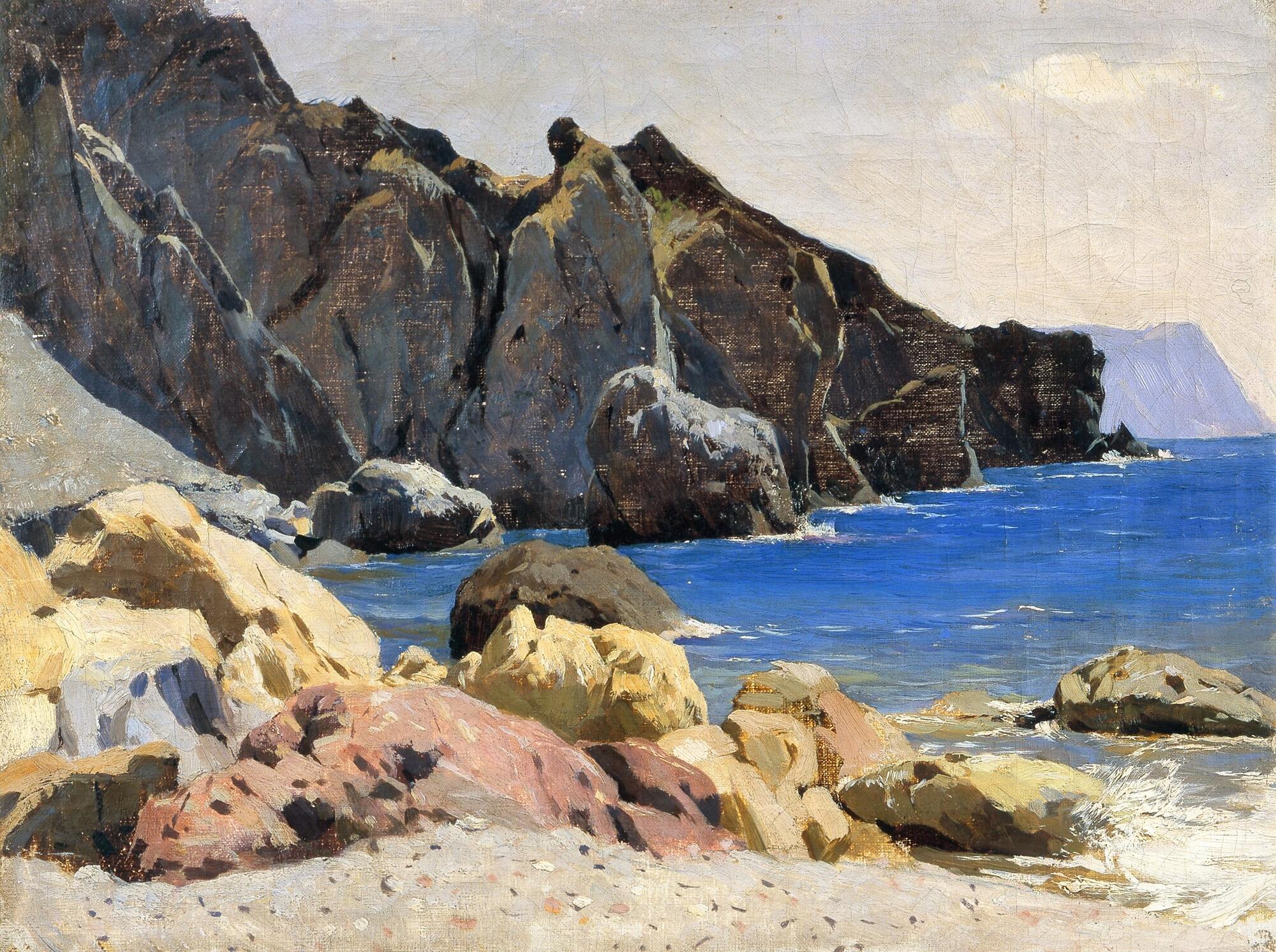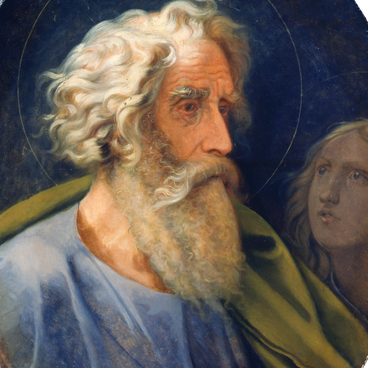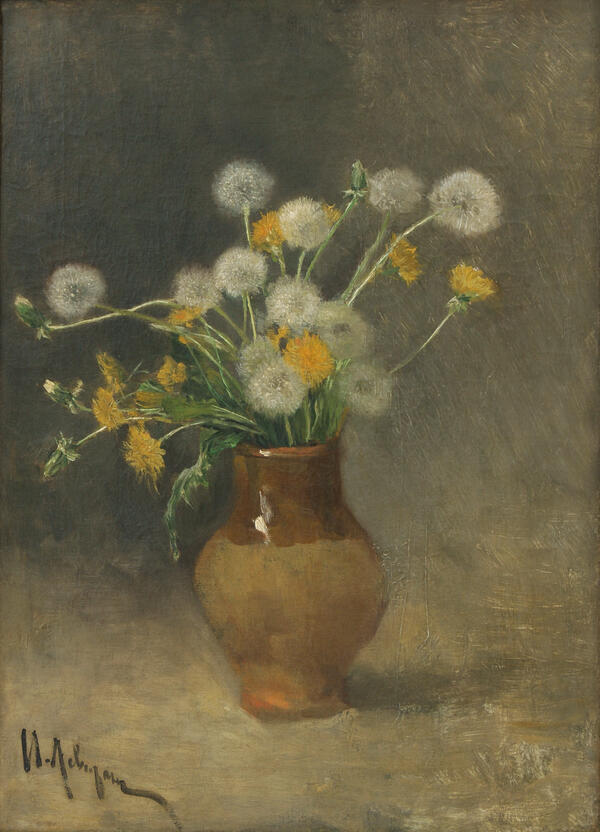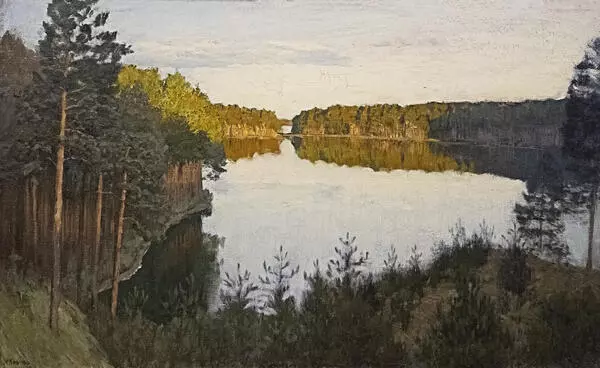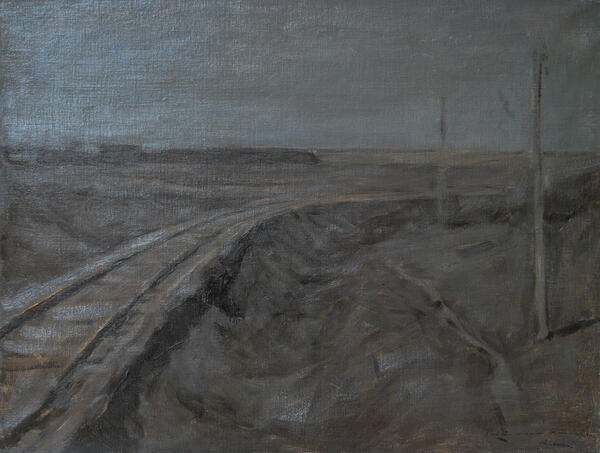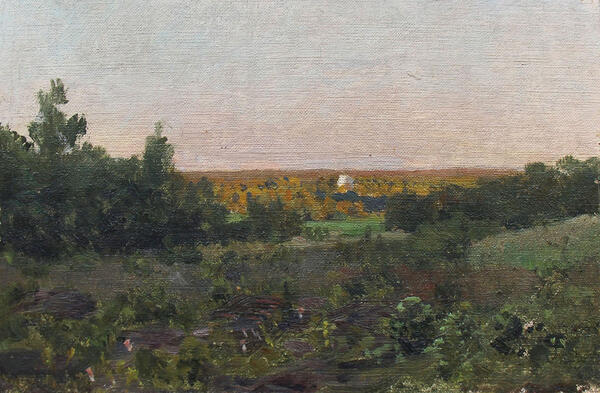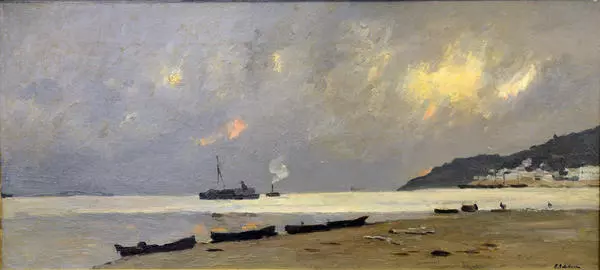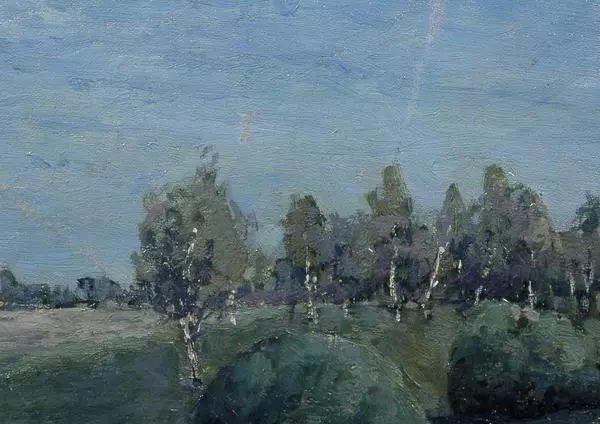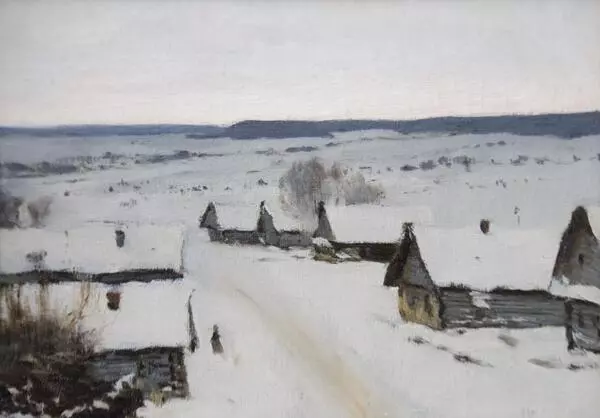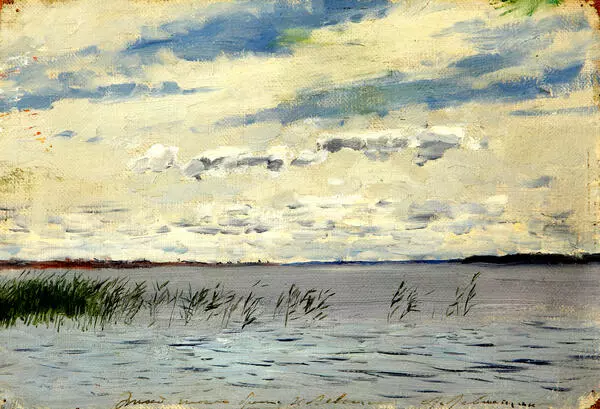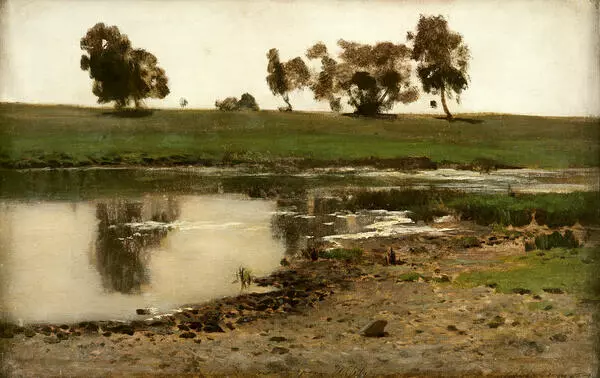Isaac Levitan was born into a Jewish family in a small Lithuanian village, on August 30, 1860. At the age of 13, he entered the Moscow School of Painting, Sculpture and Architecture, where his teachers were famous artists: Vasily Perov, Alexey Savrasov, and Vasily Polenov. The masters spotted Levitan’s talent and always supported him.
The school years were difficult for the young painter: he worked very hard, but lived in dire need. However, in 1879, Pavel Tretyakov purchased for his collection one of Levitan’s student works ‘Autumn Day. Sokolniki’. Nevertheless, in the same year, despite his professional recognition, Levitan, along with many other Jews, was expelled from Moscow. He returned only a year later, with the help of friends.
In the late 1870s, Levitan met Anton Chekhov. They were close friends and carried on a correspondence.
In the period from 1880 to 1885, Levitan created ‘Autumn’, ‘Pines’, ‘First Snow’. His paintings aroused great interest among the public, the master’s popularity grew. Levitan’s teacher Alexey Savrasov was convinced that the artist would receive a silver medal for his graduation work. But in 1885, instead of an artist’s diploma, the school issued Levitan a diploma of a calligraphy teacher. He was deeply upset about this. The painter closed up and in 1886, left for the Crimea to improve his health. According to the assumptions of bibliographers, Levitan visited Gurzuf and Massandra. In letters to Anton Chekhov, the artist wrote about his stay in Yalta and Alupka.
Levitan created the painting “Seashore” specifically in the “Crimean” period. In this small study, there are still no characteristic features of the master’s late works: dimensions, rich colors, and exact details. In the foreground, there is a pile of light-colored stones, and in the distance, one can see a sea cove and a dark rock-ribbed shore. The color of the nearby pink-yellow boulders almost merges with the gray rocks of the middle ground and the bluish-gray rock near the horizon. Only the bright blue color of the sea brings life back to the study.
The next stage in the creative work of Levitan was ‘the Volga’ period. The works created in the vicinity of the Plyos city brought fame to the artist — and he finally solved his financial problems. After that, Levitan went to Europe, where he studied the landscapes of the Impressionists. This movement turned out to be very close in spirit to him.
In 1892, the artist was again exiled from Moscow to the Tver and Vladimir governorates. The exile did not last long, but undermined the master’s health. The artist died on August 4, 1900.
The school years were difficult for the young painter: he worked very hard, but lived in dire need. However, in 1879, Pavel Tretyakov purchased for his collection one of Levitan’s student works ‘Autumn Day. Sokolniki’. Nevertheless, in the same year, despite his professional recognition, Levitan, along with many other Jews, was expelled from Moscow. He returned only a year later, with the help of friends.
In the late 1870s, Levitan met Anton Chekhov. They were close friends and carried on a correspondence.
In the period from 1880 to 1885, Levitan created ‘Autumn’, ‘Pines’, ‘First Snow’. His paintings aroused great interest among the public, the master’s popularity grew. Levitan’s teacher Alexey Savrasov was convinced that the artist would receive a silver medal for his graduation work. But in 1885, instead of an artist’s diploma, the school issued Levitan a diploma of a calligraphy teacher. He was deeply upset about this. The painter closed up and in 1886, left for the Crimea to improve his health. According to the assumptions of bibliographers, Levitan visited Gurzuf and Massandra. In letters to Anton Chekhov, the artist wrote about his stay in Yalta and Alupka.
Levitan created the painting “Seashore” specifically in the “Crimean” period. In this small study, there are still no characteristic features of the master’s late works: dimensions, rich colors, and exact details. In the foreground, there is a pile of light-colored stones, and in the distance, one can see a sea cove and a dark rock-ribbed shore. The color of the nearby pink-yellow boulders almost merges with the gray rocks of the middle ground and the bluish-gray rock near the horizon. Only the bright blue color of the sea brings life back to the study.
The next stage in the creative work of Levitan was ‘the Volga’ period. The works created in the vicinity of the Plyos city brought fame to the artist — and he finally solved his financial problems. After that, Levitan went to Europe, where he studied the landscapes of the Impressionists. This movement turned out to be very close in spirit to him.
In 1892, the artist was again exiled from Moscow to the Tver and Vladimir governorates. The exile did not last long, but undermined the master’s health. The artist died on August 4, 1900.
